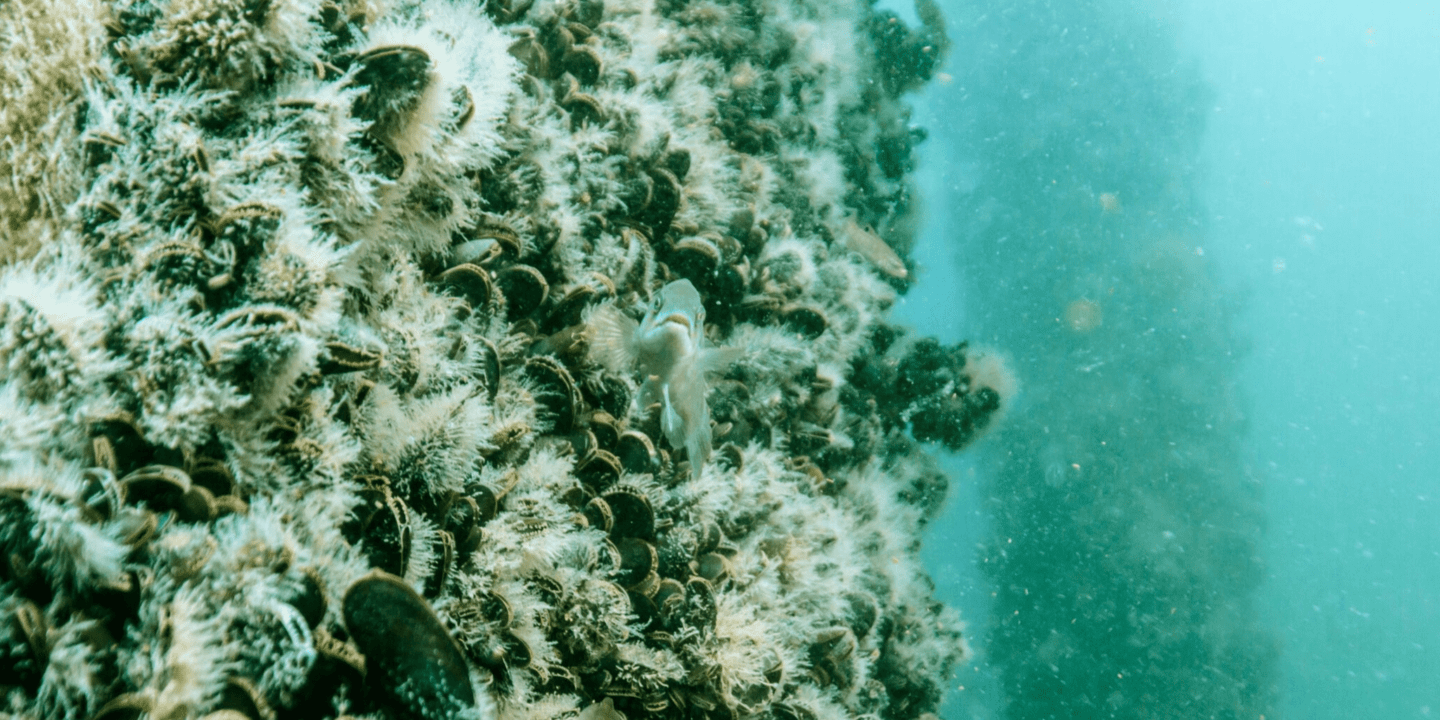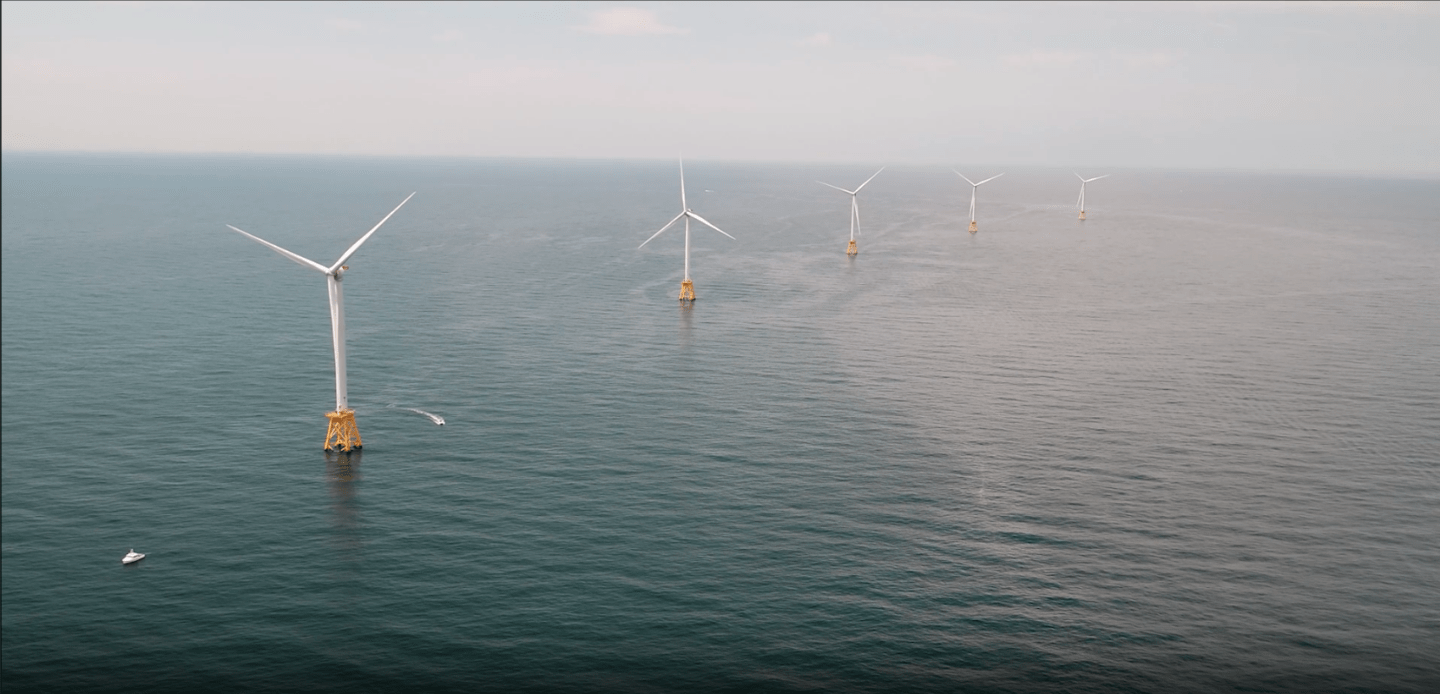Climate change is today’s greatest environmental threat and we need to transition away from the fossil fuels that are deeply impacting people and wildlife through unhealthy air and water, rising temperatures, and extreme weather and increasingly dangerous flooding. Offshore wind can help the U.S. meet the urgency of the climate crisis while benefiting our communities and ocean ecosystems.

Decarbonization
With a technical capacity of nearly 4,000 gigawatts, the U.S. has some of the highest offshore wind potential in the world, and turning that potential into power is key to America’s clean energy future (UC Berkeley). In the next decade, offshore wind projects can provide clean power to 10 million homes and businesses and cut 78 million metric tons of carbon emissions — equal to nearly 17 million cars on the road — every year (U.S. Department of Energy).
Clean air and water
Coal and gas power plants create air and water pollution that impacts millions of people and disproportionately burdens vulnerable communities. Transitioning to clean power from offshore wind can have significant public health and ecological benefits.
Wildlife protections
Offshore wind is a critical tool in reducing the pollution that is warming our air and waters and degrading coastal and marine habitats. Moreover, offshore wind is being developed with comprehensive protective measures in place during site selection, construction, operations, and decommissioning of all project-related infrastructure. Robust monitoring of potential impacts is also essential for offshore wind development activities as this new industry matures in U.S. waters.

